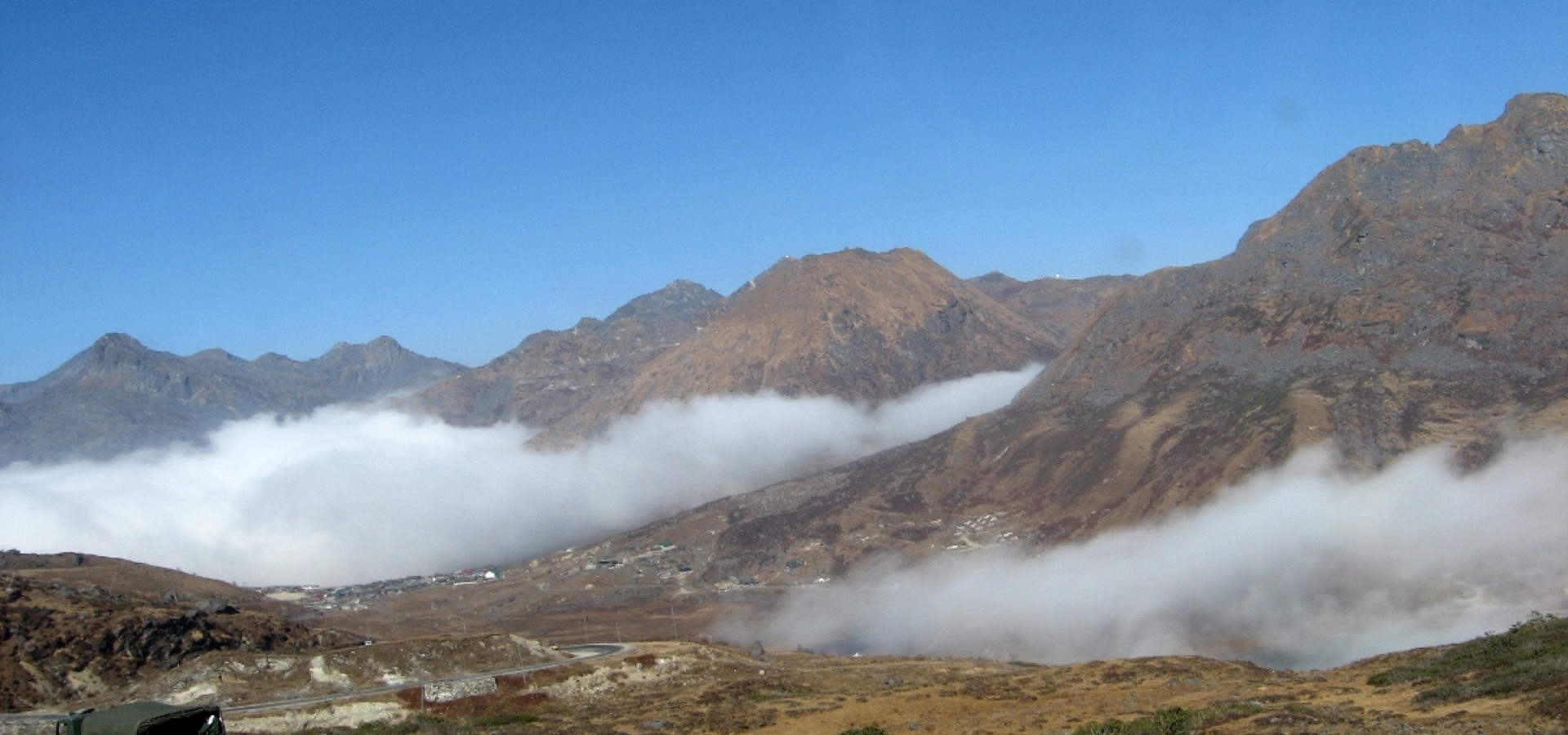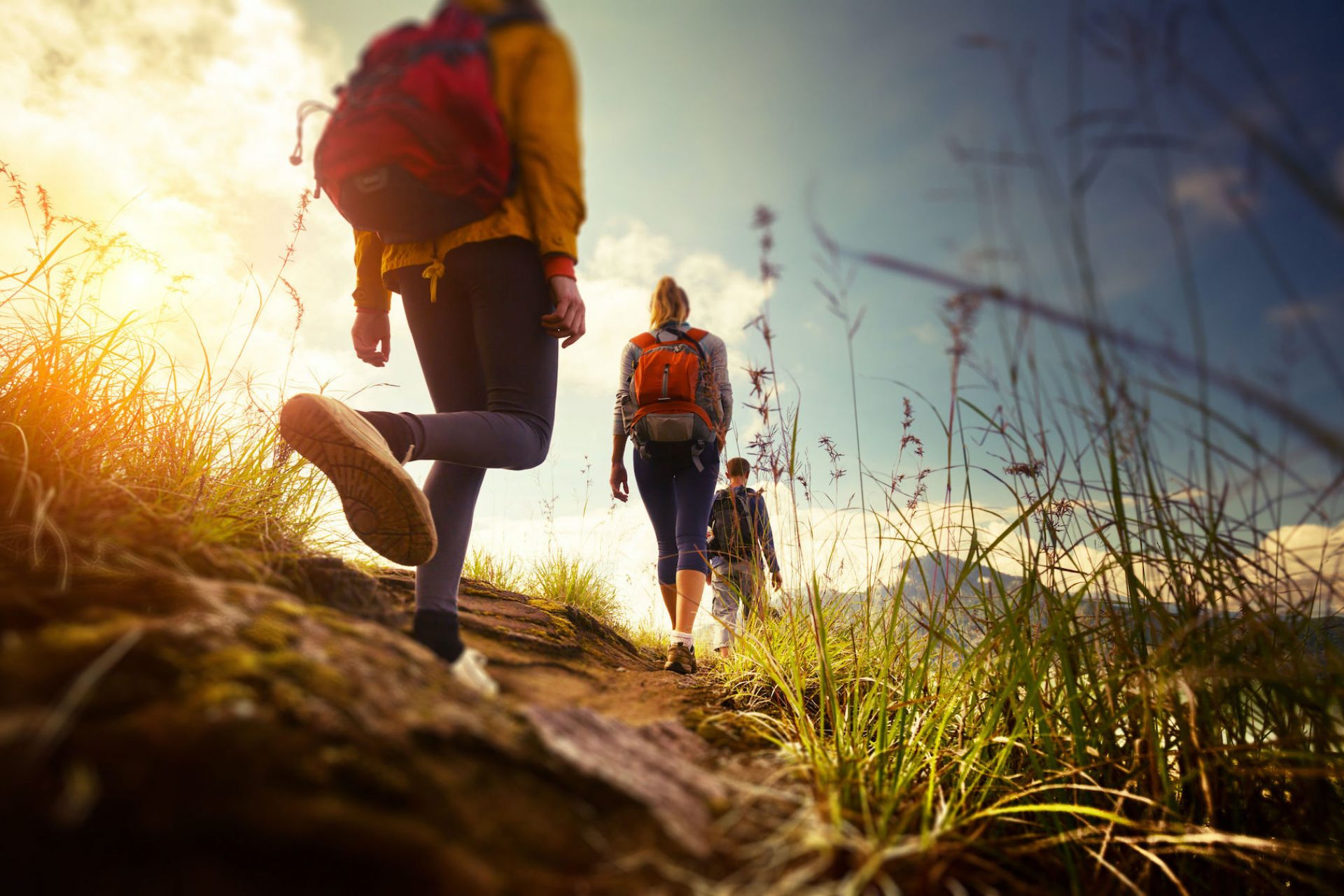We strolled leisurely on the pedestrian and smoke free M.G.Road, the central shopping area of Gangtok, Sikkim. It was already dark and the open air mall was brightly lit and tourists moved around either shopping or window shopping. The air was chilly, as winter was setting in and we hugged our jackets closer.
We were in Gangtok for the last leg of our North East odyssey after having covered Darjeeling and some other places in Sikkim, the North Eastern state of India.
We slowly made our way back to the warmth of our hotel for a quick dinner and a warm bed as we needed to get up early for our trip to Nathula Pass on the Indo-China border. On the way we met Budesh, our guide come driver, who smiled at us and informed us that he had the permits ready for the morrow and asked us to be ready by 6 AM.
A quick dinner later we crashed into bed in the comfortable confines of our hotel, the Summit Namnang Courtyard & Spa, with a feeling of anticipation about the adventure that the morning would bring. We felt like two young kids, excited about a school picnic in the offing!
We woke up to a chill and dark morning with butterflies in our stomachs. We got ready in a jiffy, stuffing ourselves with some sandwiches and washing it down with some ginger tea. And we were off! On an exciting road trip that would take us to the Indo-China border.
We soon left the outskirts of Gangtok and reached a Military Checkpost where, already, many vehicles were parked awaiting clearance to pass through. Our driver parked our vehicle and proceeded to get our documents verified along with the permits he had obtained the day before from the Sikkim Tourism Department. It may be noted that foreigners are not allowed up to Nathula Pass, they can go only as far as Tsomgo Lake, which is on the way.
After a wait of about 30 minutes we were cleared and moved forward on our journey towards our first stop, Tsomogo Lake. Soon the landscape changed as we started our ascent, the road narrowed and the terrain acquired a ruggedness of its own. We drove on with steep rock faces on one side and deep ravines on the other.
Half way through the day we had a pit stop at a small wayside food joint, which served some hot and spicy noodles along with freshly brewed, hot mint tea. Looking at the one of the signboards we realized we had reached an altitude of 10,400 feet, were 25 kms from Nathula Pass and 8 kms from Tsomgo Lake.
Our bodies fortified by warm food we resumed our upward journey and were soon at Tsomgo Lake. The lake is beautiful to say the least, it is fed by the Himalayan glaciers and is at a height of about 12,313 feet. It remains frozen in winter and the effect of sun, ice and water means that the lake assumes a kaleidoscopic hue with colours changing based on the seasons. This lake is considered very sacred by Buddhists. We found some locals with brightly dressed up Yaks on which you could ride for a fee.
With a last look at the gleaming Tsomgo Lake we resumed our journey. As we climbed higher and higher the temperature dropped perceptibly. We looked out of the window to see a signboard which said, ‘CAUTION, YOU ARE UNDER CHINESE OBSERVATION’, and our friend Budesh pointed out some Chinese Bunkers in the far distance.
We soon had an opportunity to draw some cash from the world’s highest ATM (13,200 ft.) in a small town called Thegu, situated between Tsomgo Lake and Nathula.
Next we passed the town of Sherathang which is a point for Indo-China trade. Budesh informed us that this place has an internet café which is probably one of its kind, given the fact that it is located at 13,600 ft.
Soon we passed Baba Mandir. We did not stop there, our friend Budesh informed us that this was the ‘new’ Baba Mandir where most tourists came to, but he was taking us to the original Baba Mandir, which was further up at a height of more than 14,000 feet. He then began to regale us with the legend of the Baba Mandir and we listened enraptured, oblivious to the beautiful and wild terrain around us, at least for that moment anyway.
He told us of Major Harbhajan Singh, a soldier in the Indian Army who did his duty for his country in the harsh and cold climes of Nathula Pass. He died by drowning in a glacier while transporting essential supplies to a remote outpost on the border. After his death he appeared to a friend in a dream and helped the search party locate his body which was found three days after his death. He appeared again in his friend’s dream and instructed that a shrine be built in his memory. The very Bunker in which he performed his duty has now been converted into a temple, all his personal artefacts are intact and maintained by his army colleagues.
“Legend has it that his spirit still roams the harsh terrain of the Indo-China border and sends warnings of enemy movements if any, even today!” concluded Budesh as he negotiated a hairpin curve expertly.
We pulled our jackets closer as a chill went up our spine and our hair stood on end, and this was not because of the drop in temperature!
We were soon at Nathu La. In the Tibetan language, nath means ‘listening ears’, and la means pass. Incidentally, the Nathula Pass was part of the historic and ancient silk route through which trade and culture permeated.
We got out of our vehicle at an altitude of 14,140 ft. and the chill and biting mountain winds hit us. Suddenly we could feel the scarcity of oxygen – we felt a slight discomfort and our legs dragged heavily. It is, indeed, important to note that at this altitude it may not be advisable to take kids and anyone with health issues should be prepared. One could buy a couple of portable oxygen cylinders for the trip in case of emergencies.
The chill and the rarefied atmosphere did not dampen our spirits, we marvelled at the sheer beauty of the spectacle before us. Wild and virgin terrain on one side, flanked by snow white clouds majestically drifting towards their unknown destination and snow capped mountains peeping from behind the clouds. It was a moment to die for!
We spent some time at this place which is also one of the border personnel meeting points for the Indian Army and the Chinese Army. We could see the border fence in the distance as well as the faraway mountains of Bhutan. We had some hot and spicy tea at a small tea shop, this was like manna from heaven to our cold bodies. We could not resist the opportunity to thank some of the Indian Army personnel on duty for their valiant efforts of keeping vigil in such harsh conditions.
We left Nathula with a salute to the Indian Flag that flew proudly at 14,410 ft. and the brave men who kept it flying. We drove back in the same direction that we had come from for about 30 minutes and then took a deviation towards a place called Kupup. We had the road pretty much to ourselves as we meandered up the treacherous road. Soon we reached a place that afforded a magnificent view of the snow clad Himalayan ranges, we stopped our vehicle and got out.
It was an amazing experience, there was no one as far as the eye could see, the ethereal silence was broken only by the howling wind. We could almost touch the huge white clouds that drifted along and as the clouds parted momentarily, the silvery mountains in the distance shone with a strange divine luminescence.
We were back in our vehicle and soon reached the final point of our destination, the original Baba Mandir, about which we had heard some hours back.
We climbed a flight of steps to the Bunker where the soldier saint had diligently kept vigil when he was alive. The Bunker has been kept exactly as it was. There is a bed, military uniform and all the simple artefacts of a soldier. There is a small temple at the foot of the Bunker where we paid obeisance, and where an Indian Army soldier filled our hands with a fistful of raisins – the holy offering of the day at the temple.
As we relished the sweet and sour taste of the raisins, the weather suddenly changed. We were enveloped by huge clouds and the wind became colder and harsher. Budesh informed us that we needed to leave as the weather would worsen from now on and visibility would be affected.
We quickly scrambled into our vehicle and began our journey back to Gangtok, it was a totally different scenario on the way back. The light and brightness that had accompanied us throughout the day had given way to darkness and fog. We could barely see anything beyond a few feet. We passed Tsomogo Lake, but could barely see it. We passed all the sights that we had enjoyed a few hours earlier but could barely make them out now.
We reached Gangtok as nightfall hit and sank into our hotel beds after a warm dinner to dream about a dreamlike road trip that we had the good fortune to undertake.




